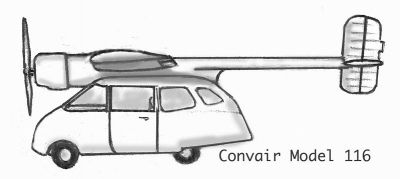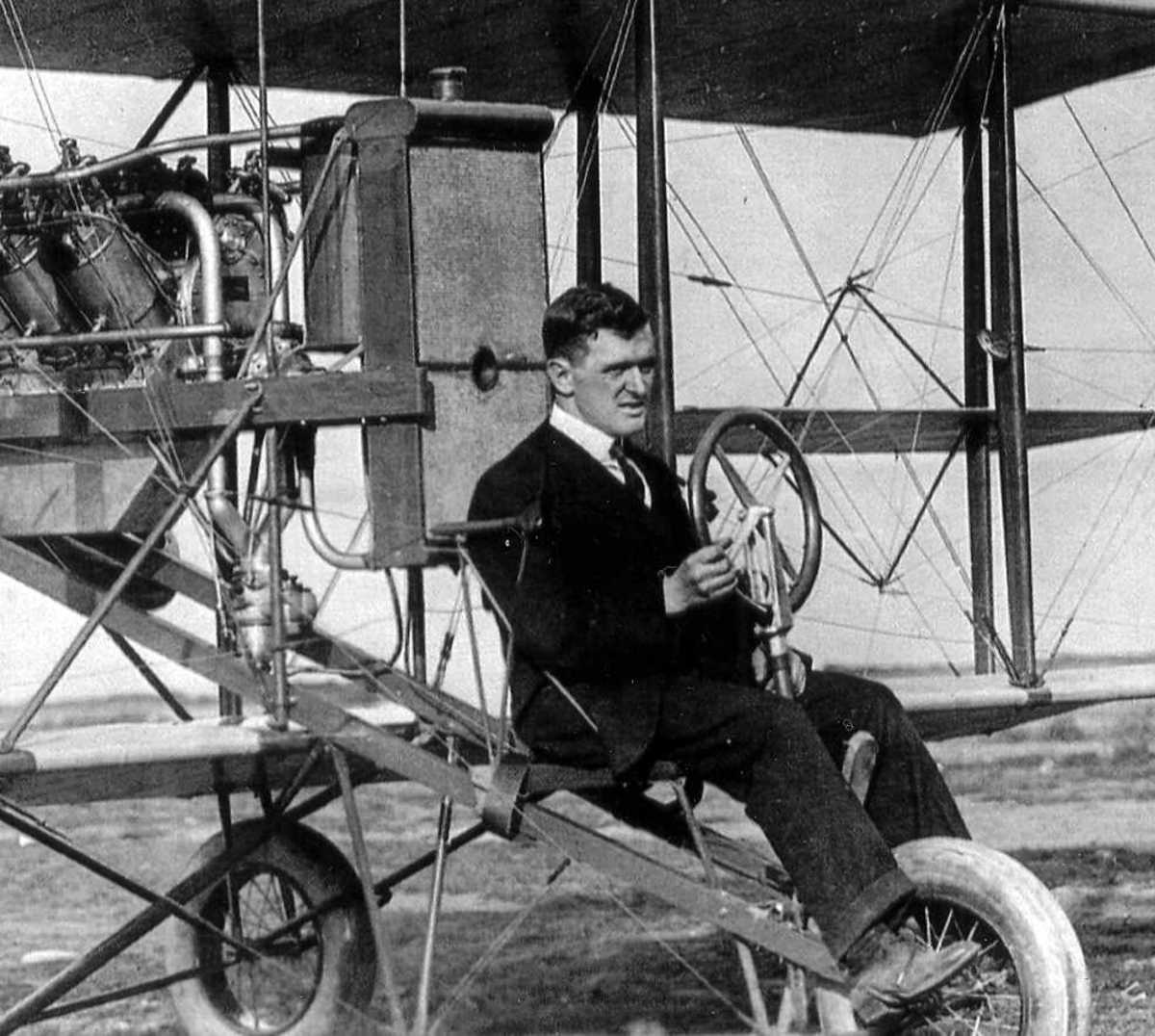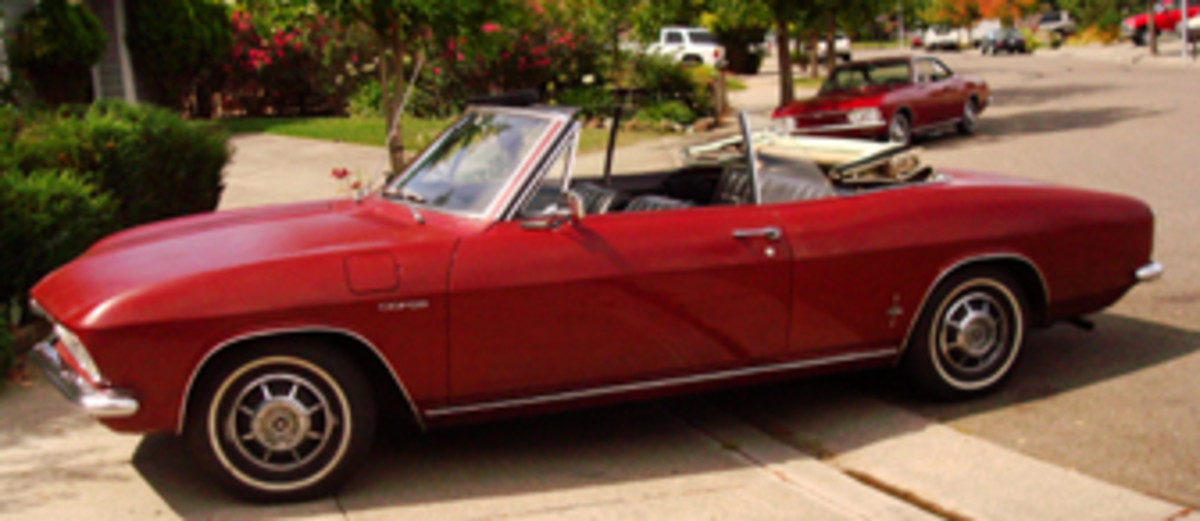A Look at the Fascinating Idea of Flying Cars
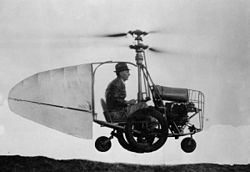
Flying Cars
Discovering various modes of travel has been a goal of mankind since the times of hunting and gathering. The invention of automobiles channeled this desire into what eventually became the creation of the car. Combining flight with automobile travel seems almost like a natural progression. Since the first half of the 20th century, many different makes and models of flying cars have been constructed. The scope of this article shall focus on two of these vehicles from the 1930s and 40s, the Skroback Roadable Airplane (1934) and the Fulton Airphibian (1946). More, two contemporary flying cars will also get attention, the Transformer (expected to be completed in 2015) and the Pal V, which is currently seeking the necessary funding to begin production.
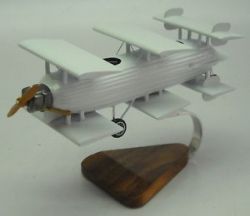
Great Stuff on Amazon
The Skroback Roadable Airplane
The Skroback Roadable Airplane was invented by Frank E. Skroback. Beginning with preliminary sketches in 1927, it represents one of the earliest known attempts at creating a flying vehicle. The design pulled heavily from attempts made by Henri Mignet of France. Its design closely resembled the appearance of airplanes from that era. The prototype, completed in 1934 featured three pairs of biplane wings that had a wingspan of only seven feet. A tiny set of rudders allowed the vehicle to roll and yaw whilst in flight. The Skroback was powered via a Continental tractor engine that possessed 40 horsepower. It was built for a single user while weighing in at 1,000 pounds (454 kg). It is 21 feet in length (6.4 m).
Only one Skroback was ever constructed. Initial tests of the vehicle were delayed until the conclusion of the Second World War in 1945. These tests showed that it was not very effective or safe while flying. Moreover, the rudder was useless on the ground and could not be easily removed. These less than encouraging tests lead to the Skroback being placed in storage until 1957 when it was driven on country roads in upstate New York and Maine. Shortly after this, the vehicle was placed in the Willowbrook Village Museum in Maine. However, in 2010 it was decided that it did not belong in this particular museum as the curator believed it to be unfitting in relation to other items found in the museum. In 2010, the Skroback Roadable Airplane was auctioned to a private citizen of Atlanta, Georgia for a price of $66,175.

The Fulton Airphibian
The Fulton Airphibian of 1946 was a much larger vehicle. It possessed an impressive six-cylinder engine with 165 horsepower. This vehicle, designed by Robert Edison Fulton had a body constructed solely of aluminum. The light wings, built of fabric were easily fixed to the fuselage, allowing for flight. Tests performed in November 1946 in Danbury, Connecticut were largely successful. Unfortunately, Fulton only had enough funds to develop four prototypes. As such, he sold the Airphibian's rights to a private company that never did anything with it in regard to further development. This marked the end of the vehicle. One of the surviving prototypes was placed on display in a museum in Ottawa, Ontario in Canada. In 2009 it was moved to the National Air and Space Museum (a part of the Smithsonian Institute) in Washington DC.
Private vs. Public sector flying cars
Unlike the previous flying cars mentioned, the Transformer is not designed by the private sector.
The Transformer
Currently in development, the Transformer flying car is being designed by way of a five year, three phase schedule. Unlike the previous flying cars mentioned, the Transformer is not designed by the private sector. The United States military is responsible for its design and construction. Therefore, its purpose is exclusively for military missions that include reconnaissance, counterinsurgency, logistical supply, and evacuating the injured. The Transformer is not being built to withstand heavy fighting as it only possess light armor coupled with the ability to carry only small arms. Its good mobility is designed for leaving conflict, not necessarily participating in it. The US military expects each Transformer to cost roughly $203,000. There has been no word on how many of these vehicles the US government plans to develop. Currently, development is on schedule, its completion is planned for the year 2015.
The PAL-V
The PAL-V is currently being developed by a private Dutch company. This flying car is designed to seat two people, including the operator. The PAL-V is known for its impressive top speed of 112 mph (180km/h) on ground and in air. It should be noted that while in flight, the PAL-V must maintain a speed of at least 31 mph (50 km/h). Tests began in March, 2012; they were quite successful. As of today, the company is awaiting the necessary funding through investors. Until this funding is received, further development in terms of creating more of them has been suspended. Only one has been made thus far. When and if the PAL-V becomes available to the public, it is estimated that it will carry a price tag of approximately $300,000. While in flight, the vehicle is powered via a propeller located in its rear which offers forward thrust. It has wings which are easily removed and stored making the vehicle ideal for road travel. Its rotor is of a free-spinning variety which provides the needed lift. The PAL-V possibly represents the best hope of any flying car developed within the private sector.
First voyage of the PAL-V
Have you ever been interested in flying automobiles?
Conclusion
The four aforementioned flying cars only represent a small number of all the flying vehicles ever developed. Early prototypes, though partially successful would have no place on today’s roads due largely to their wings. Furthermore, flying car technology has grown tremendously. Though these advancements have made flying cars possible, new technology always carries with it a hefty price. They are considered to be a risky financial venture for private developers. However, the cost is not the only concern. Those developing flying cars in the private sector have voiced concerns over government regulations of air space. These reasons may explain the successful, yet gradual development of the US government’s Transformer. Funding is not as much of a concern for the US government. As the technology and designs needed to create flying cars becomes more reliable and common, the price to construct and buy them should drop considerably.
A Drawing of the only Convair Flying Car Ever Made
